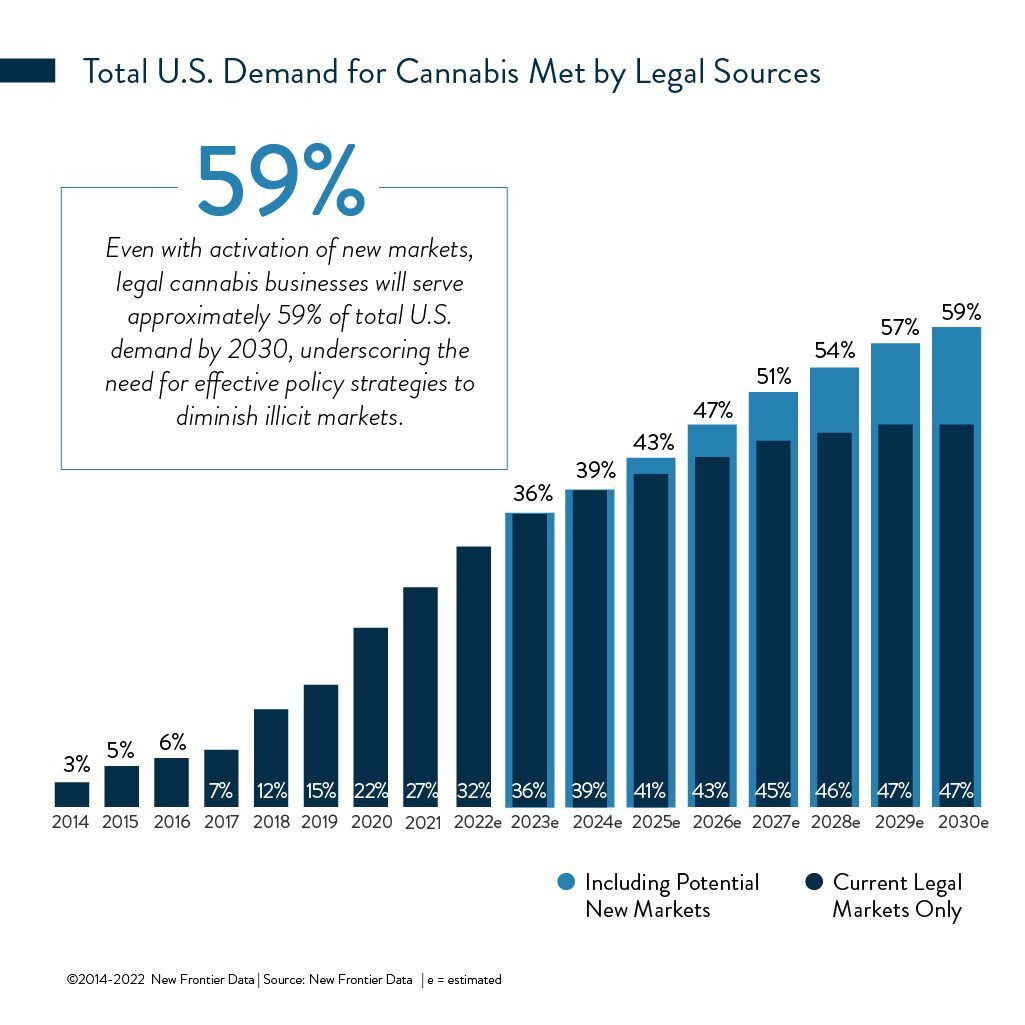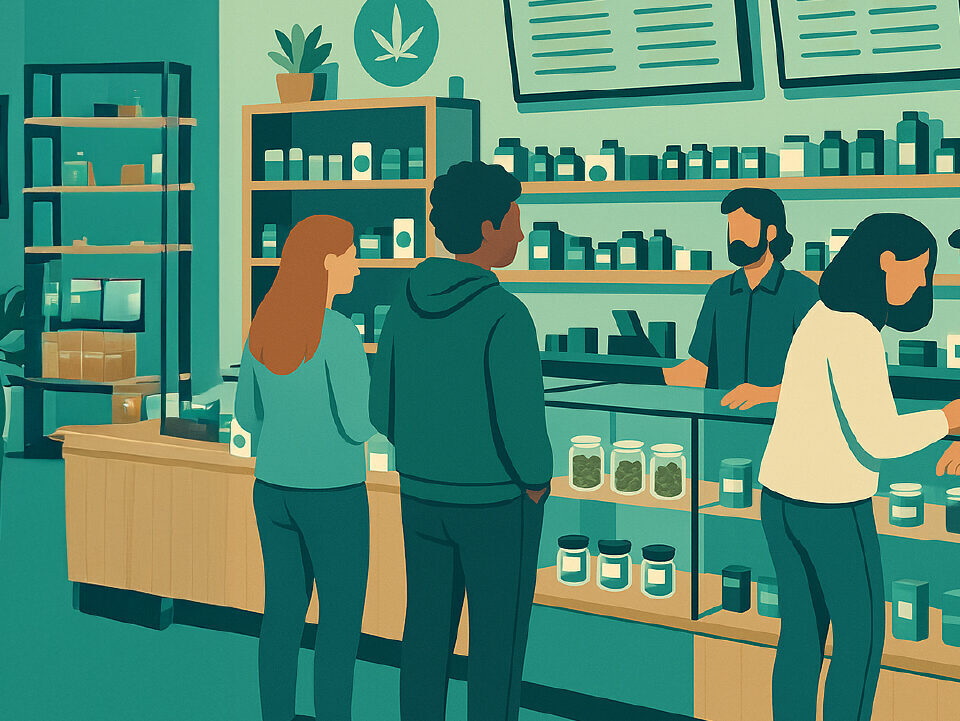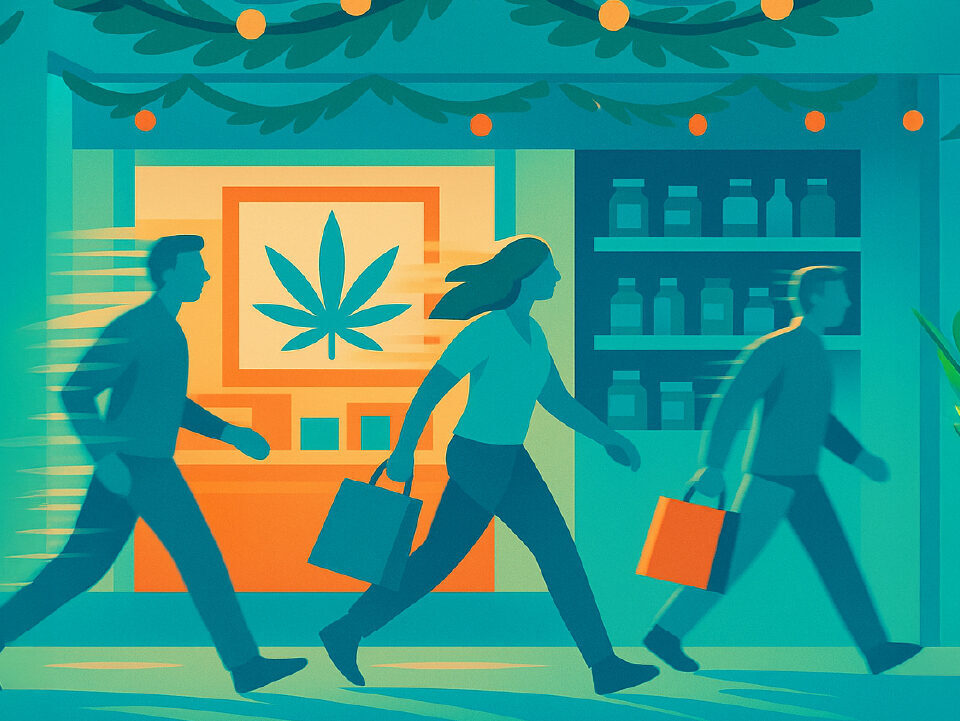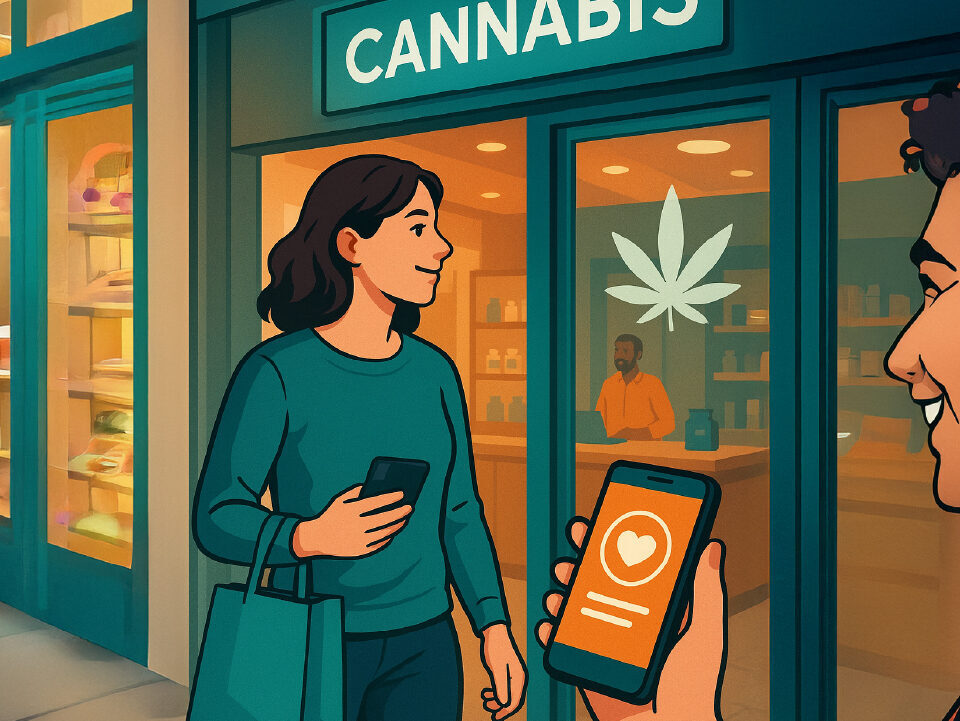Clear-Eyed Objectives Determine Success for Legal Cannabis Policy
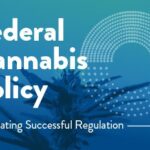
New Report Details Challenges and Solutions for Federal Cannabis Regulation
August 25, 2022
Value-Added Products Command More Brand Loyalty
September 6, 2022By Amanda Reiman, Ph.D., MSW, Vice President of Public Policy Research, New Frontier Data
The use of intoxicating substances is a public-health issue. Policies that aim to regulate the use of these substances should focus on increasing public health and safety, both for consumers and nonconsumers. In that pursuit, there are targeted outcomes to indicate success. With federal cannabis legalization on the horizon, it is important to identify not only the desired objectives in ending cannabis prohibition, but key policies that will most likely lead to them.
New Frontier Data’s latest report, Federal Cannabis Policy: Facilitating Successful Regulation, serves both to examine the potential benefits to be gained through federal cannabis regulation and to address some of the industry’s most pressing issues. Whether by identifying obstacles to benefits like job creation and tax revenues, demonstrating how implementation of federal legalization could impact illicit markets nationwide, or illustrating how the removal of cannabis from the federal criminal code represents a major step toward addressing disproportionate legal and socioeconomic impacts on affected communities, the report stands to inform discussions and improve the reader’s navigation of issues and impediments.
As an example, the following objectives represent a short list of essential policy goals:
Goal: Diminish the Illicit Market
In 2021, only 21% of the overall cannabis market was served by legal sources. Prohibition of cannabis does not stop an illicit market from thriving while serving the needs of consumers. In Texas alone, the illicit market is worth nearly $6 billion.
According to New Frontier Data’s 2022 Consumer Survey, consumption rates did not differ based on access to any legal marketplace: Among those consuming cannabis multiple times daily, 36% live in an adult-use state, 37% in a medical-only state, and 35% in a state which prohibits cannabis. Illicit markets cover those consumer bases. So, to diminish an illicit market, officials need to draw legacy operators into a legal market, and effectively bring their customers with them. States with unregulated markets that are robust, efficient, and effective must take particularly deliberate steps to bring operators into their legal folds. Furthermore, barriers to participation unique to cannabis (including previous criminal justice involvement) must be addressed for such goals to be met.
Goal: Improve Public Health and Safety
Among the most common fallacies regarding drug policy is that prohibition somehow equals drug control and public safety, when the opposite is too often true. Prohibition regimes drive commerce underground, making it harder to regulate and manage. Legalization allows for standards and rules about where, how, and when cannabis can be accessed, and about those who can access it. A recent study about age compliance in California dispensaries found a 100% compliance rate in preventing underage people from entering the premises. The same motives and outcomes apply toward product safety. Products purchased in an illicit market are of unknown origin, potency, or safety. Regulations which require and confirm testing for both safety and potency serve to make consumers’ experiences safer. Knowing the potency, the cannabinoid content, or the presence of mold and pesticides represent three of consumers’ top five concerns when choosing a product. Price is the second-most important factor, which reveals a general vulnerability among consumers to choose untested products due to cheaper prices.
Goal: Relieve Inequitable Prohibition Enforcement
Historians and the public at large have come to understand how the legal prohibition of cannabis came about not due to any inherent danger, but because drug policies were deemed to be convenient and effective political tools for controlling certain social segments.
Today, the U.S. has the world’s highest rate of incarceration, and cannabis offenses account for nearly 50% of all federal drug arrests. People of color are disproportionately impacted: Blacks are 3.6x likelier than are Whites to be arrested for a cannabis offense. In Kentucky and Montana, the rates reach nearly 10x. One major goal of cannabis legalization is to reduce those disparities by removing cannabis from the criminal code. But achieving it may be more complicated than simple legalization: Cannabis arrests ramped up during the 1990s, and though the first states legalizing adult-use programs did so in 2012, arrest rates did not reflect serious reductions until 2019.
One reason for the change in incarcerations stems from awareness about the impacts of collateral sanctions for cannabis charges: Having a cannabis violation on one’s record can impact employment, housing, banking, and education. Reforms featuring holistic cannabis policies will address more than just one’s risk of arrest, but also address the aftermath of arrest and incarceration.
Goal: Create Jobs and Generate Tax Revenue
Often touted among the most widely digestible and supportable goals of legalization, money and jobs are difficult to argue against. Nevertheless, without a viable market serving a robust consumer base, neither target will achieve full potential.
Projections find the legal cannabis industry having the potential to employ 1.04 million workers by 2025. The U.S. cannabis market could be worth $72 billion by 2030 if proposed legislation and initiatives continue to progress, at which point 96% of the population will be living in states with some sort of legal cannabis access.
Still, decades of prohibition have given rise nationwide to robust and efficient illicit markets. Legalization goals like tax revenue are complicated by competition from tax-free products. Lack of access to business loans and banking services makes it difficult for small businesses to stay in business, let alone scale and hire additional workers. Choking a market with burdensome taxes and regulations before it can become established as a serious competitor to an illicit market will result in underwhelming tax revenues and business failures, especially in states with effective and efficient legacy markets unimpeded by local bans on commercial activity.
Since 1996, states have been developing policies to regulate legal cannabis. Many early policies were limited by propagandized fears, misperceptions, and impacts from 50+ years of anti-cannabis rhetoric. Yet, times continue changing: It is possible to hold pragmatic discussions about the goals and practices for cannabis regulation, realities about harms of prohibition, and objectives to help realize such reforms.
For more specifics about policies and outcomes for implementation, download New Frontier Data’s latest report at www.newfrontierdata.com and visit our Equio online business intelligence platform for insights, data, news, and analysis about the rapidly evolving cannabis industry.

